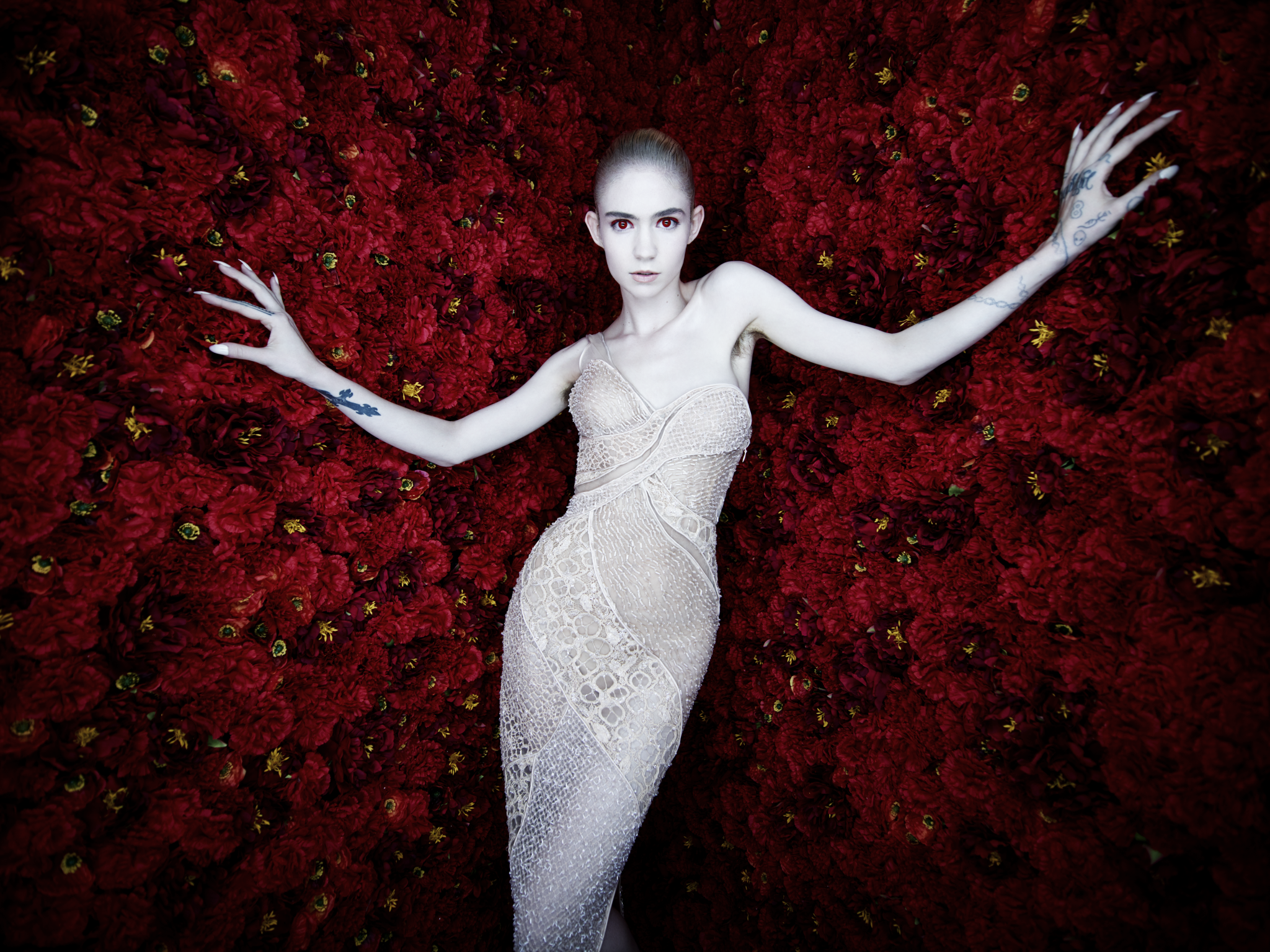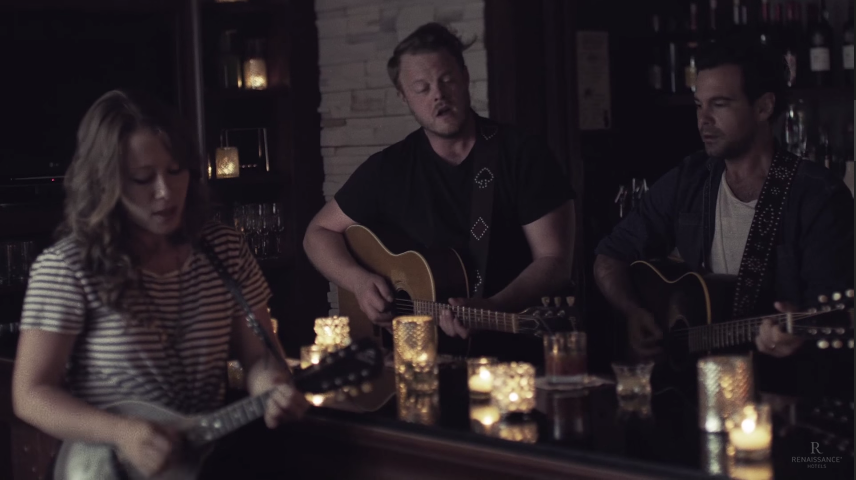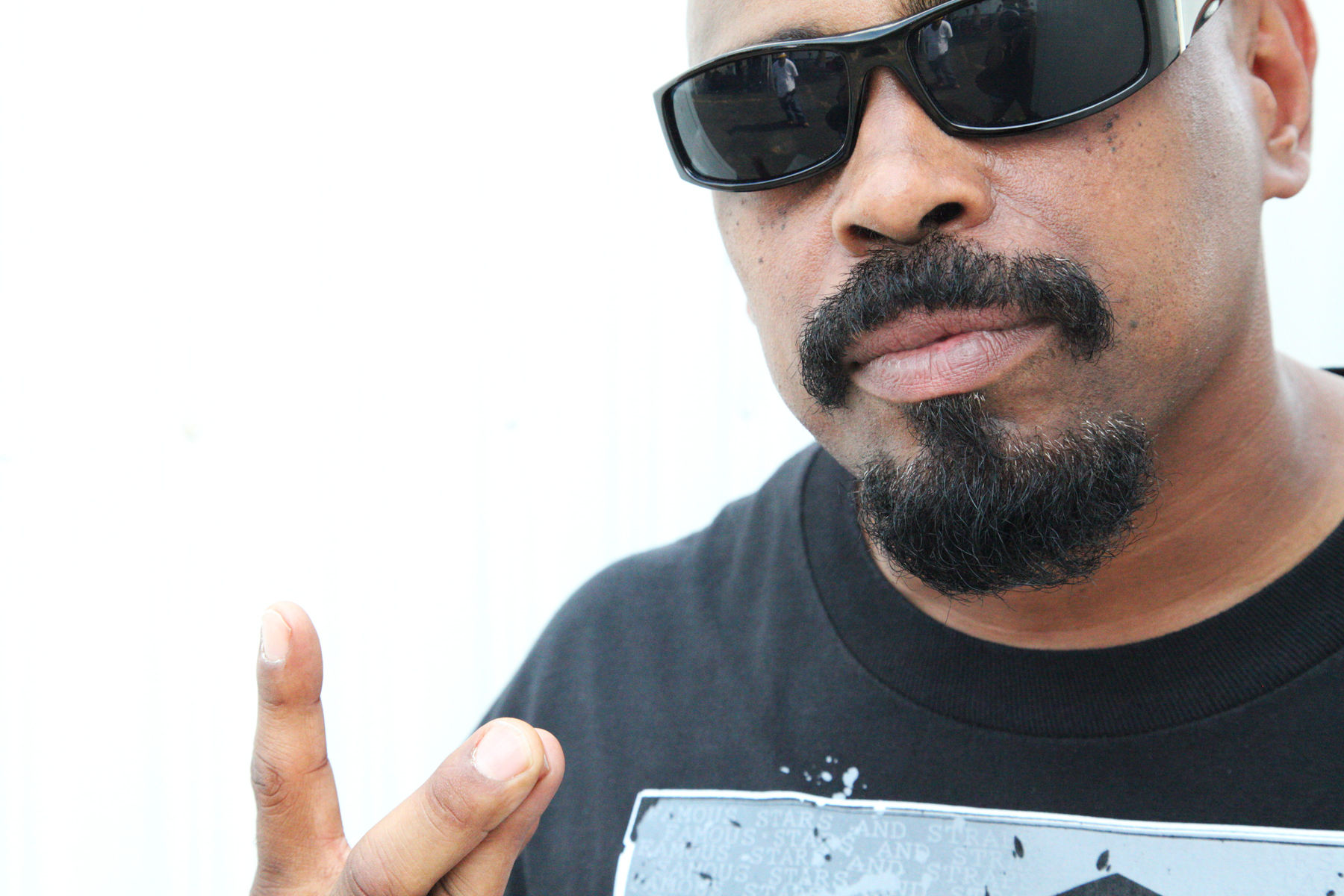During a 2006 performance at the Starlight Ballroom, The Gossip’s Beth Ditto intro-ed a new song by saying “This song is based on an old Riot Grrrl adage… Wait, you’re all too young to even know what Riot Grrrl is.” That broke my heart… and has continued to break my heart every day since. Not a single one of my students seems to have any idea what the phrase “Riot Grrrl” entails… even those “indie-centric” students who regularly listen to Joy Division and Belle & Sebastian. Well, Sara Marcus has dedicated herself to remedying this. And this Thursday, October 6th, she is going to find herself at Temple University (the collegiate home of my students) speaking about her recent book, Girls to the Front: The True Story of the Riot Grrrl Revolution and explaining to the average academic why they should consider the ‘90s feminist, punk rock movement. I recently chatted with Marcus, while she took a brief recess from writing her first article for The Nation, about Riot Grrrl and how it impacted much of the media that you likely consume on a daily basis.
Long ago (the early 1990s), before blogs and tweets and people “liking” things, there lived a disenfranchised group of girls (who quickly became grrrls). These girls had a fondness for feminism, but wanted to see it in a more exciting, non-academic setting. They also had a fondness for punk rock, but they found this “great liberator” of angsty youth to still be a total boys club. So what did they do? They wrote zines, formed bands, made art, and just generally tunefully (or, often times, tunelessly… not that that’s a bad thing) rebelled against social conventions such as racism, homophobia, misogyny, and sexual assault. Was it effective? …eh, Sara and I think it did, at least to some degree, positively impact what it is to be a “girl” in our society…. And this was all in a time when, to the average person, the phrase “the click of a mouse” was referring to a heavy-footed rodent.
However, Sara Marcus seems to think that this contemporary social media landscape (full of Skypers, Tumblrs, and Twats) is quite conducive to the kind of revolution that Allison Wolfe and Kathleen Hanna had to bust their DIY asses to accomplish (which means there’s no reason that you shouldn’t be a revolutionary yourself). She’s a big fan of the “participatory” nature of these modes of communication: “You make your own culture. You make your own scene.” She goes on to characterize this as “The starting point for Utopic politics.” (Yes, if you’re in my Mosaic II class, currently reading More, you should take note of this.)
While I seem to find stunning examples of the Riot Grrrl aesthetic present in so much contemporary indie music (see: Be Your Own Pet, The Coathangers, The Bombettes, , UUVWWZ, etc.), Sara Marcus seems to see Riot Grrrl’s influence present in a far more nuanced and abstract way: “To me, the groups that are really doing similar things don’t sound anything like those bands.” She finds far more Riot Grrrl influence in the likes of tUnE-yArDs and Mountain Man and artists who “Don’t sound anything like anyone now or in the ‘90s.” She also seems to find the DIY feminism of things like SlutWalk to ring as descendents of Riot Grrrl.
As far as the overall influence Riot Grrrl has had on culture, Marcus finds this to be a bit of a huge question, to put it mildly, and asks me what I think is the biggest influence the movement has had. Personally, the fact that previous generations, as dictated both by older friends of mine and VH1 docs, seem to be so terribly impressed by “empowered” female musicians seems to be a joke to me (Why is it so shocking that the likes of Alison Mosshart, Alice Glass, and Bethany Cosentino are queens of their neighborhoods?) would seem to prove that, at least to “indie kids,” the notion of heroines has been established for quite some time now. “It’s become much more normalized,” as Marcus tells me. “It’s really hard for me to point to mass culture and say “There, that’s Riot Grrrl.” However, she does discuss the fact that in the late ‘90s many major magazines felt the need to introduce “girl” or “teen” versions of their publications, going to show that mass media had begun to focus on “girls” and that young females were finally being directly spoken to for one of the first times.
Although Sara Marcus has been touring behind Girls to the Front for a while now and has done countless readings and talks promoting the work, she tells me that, at this point, she is actually working on a new talk for Temple students. In fact, she jumped at the opportunity for me to submit questions that my students have ahead of time and I would like to extend that opportunity to Philthy readers as well. (If you Facebook comment on this article by 5pm on Tuesday with a question that I think is intriguing enough to help guide the talk, I will pass it along to Sara.) So what should you expect of the talk itself? Sara tells me it will be “A somewhat performative talk”… and there’s apparently a good chance it will include headbanging.
*Sara Marcus’ talk will take place at the Paley Library Lecture Hall from 3:30-6 on Thursday, October 6th.











